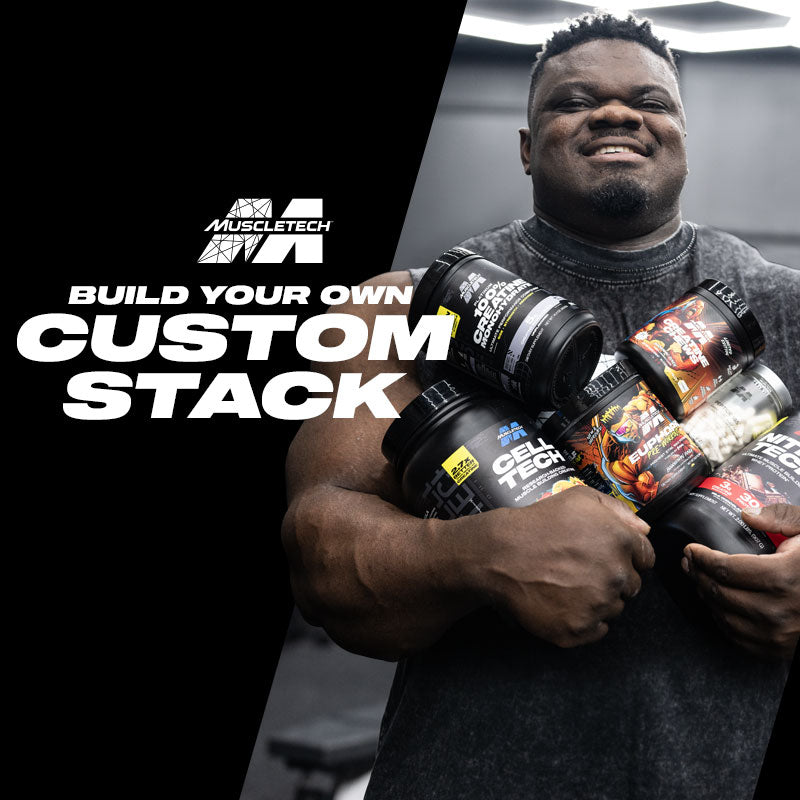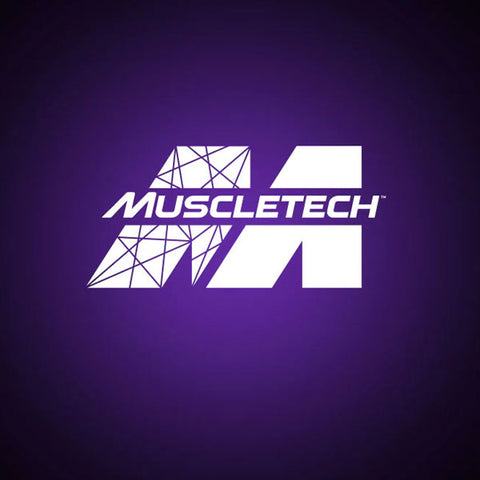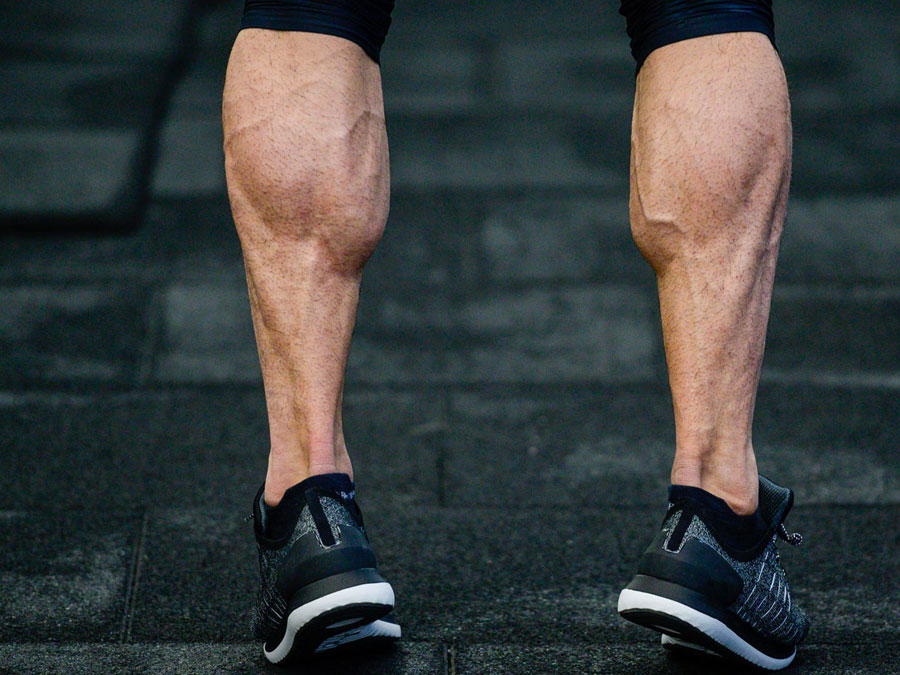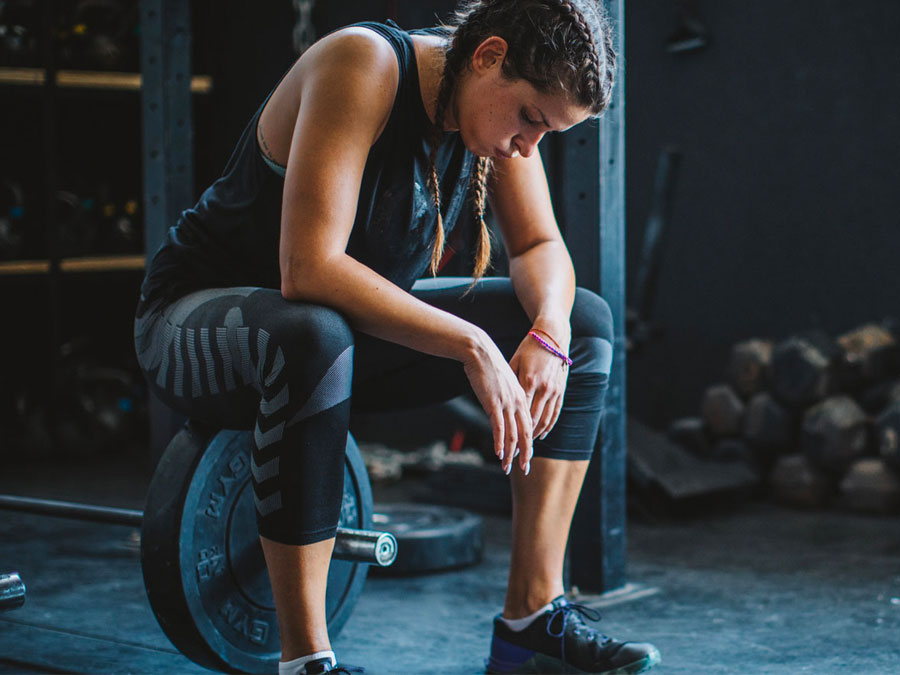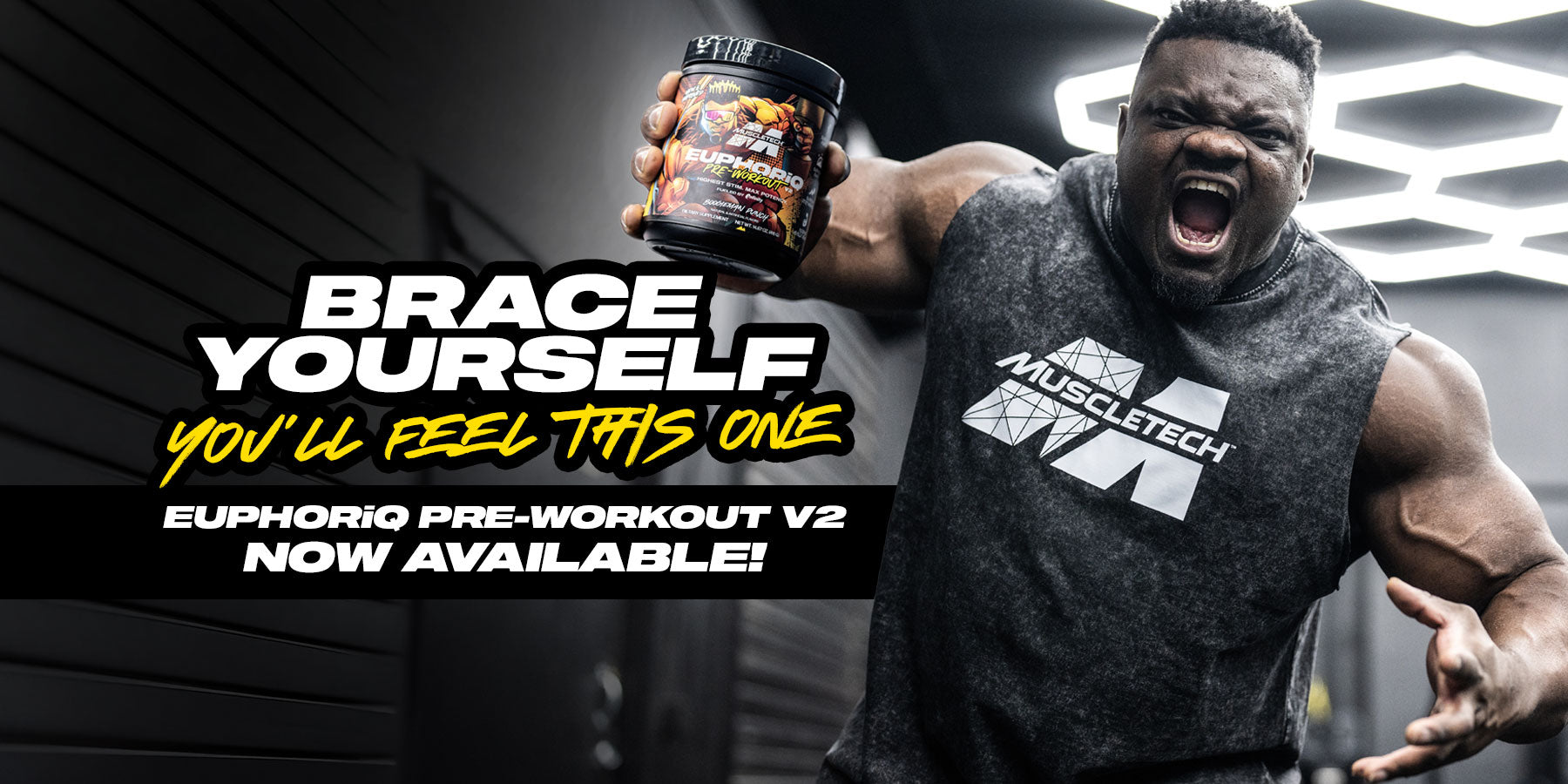In addition, bodyweight exercises can also help you train more often since there is less wear and tear on your joints and tendons, adding in an extra bodyweight workout each week could help you
Performing this this routine once a week could actually help you improve your core lifts and strengthen muscles that often overlooked by lifters who focus solely on barbell, dumbbell and machine training.
Table of content
The MuscleTech Bodyweight Workout
1. Single Leg Squat (4 sets of 8 each leg)
This might be one of the toughest bodyweight exercises around, and to be honest most lifters can’t do them at first. However once you master this exercise, you’ll never look back. Your legs will be significantly stronger, and you’ll enjoy the benefits of better balance and a stronger core.
To do a Single Leg Squat, stand on one leg and extend your arms forward at eye height. Then you lower your body all the way down, staying rooted on your grounded foot.
Also Read: Get Protein on a Budget
Keep your core engaged and your chest up. Your shin should be leaning forward with the knee over the toes. Keep your non-working leg extended straight out and arms extended. When you reach the bottom position your hamstring and calf of the pressing leg will touch. To complete the rep, stand up.
If you’re a beginner, you can find a railing, sturdy door frame, or other suitably stable object to hold onto. Do the exercise the same, and eventually progress so that you can do this without assistance.
Also Read: The Perfect Weighted Dips
2. Muscle Ups (3 sets of 12)
Muscle Ups make a strong case for the ultimate upper body exercise. It requires both pulling and pushing power as well as great core strength. But it’s not easy. It’s important that you’re able to do pull ups before you attempt the muscle up. Because this exercise requires specific technique, mastering the pull up should come first before you attempt these.
To start you’ll need a pull-up with plenty of overhead clearance. Most gyms have them, as well as most playgrounds if you’re unable to get to the gym.
To begin, hang from the bar with a false grip. Then, pull yourself up (chin) to the bar. Roll your chest over the bar as a transition from a pull-up to a dip, and press your hands down and drive your body upwards.
Also Read: How to Cut for Summer?
3. Chin Up (3 sets of 12)
The chin up has always been a staple bodyweight exercise. They’ll help you build a foundation on which you can build strong biceps, lats, and upper back muscles.
The chin up should be performed with a neutral (palms facing each other) or supinated (palms facing you) grip.
Stand underneath the bar and grasp the bar with your palms facing you. Keep your hands slightly narrower than shoulder-distance apart. Hang from the bar and bend your knees. Then pull yourself up (pulling your elbows into your sides) to raise your chin over the bar. To complete the rep, straighten your arms to start position.

4. Decline Push Ups (4 sets of 8)
The Push Up may be the most well-known, and often the first exercise than any athlete performs. Regardless of your training level, it’s still a great exercise for your chest, arms and your core.
Because of its popularity, there are also numerous variations. Our focus will be on pushups with your feet elevated. With your feet elevated, you’ll hit you’ll work your shoulders, chest, core, and scapular stabilizers more.
When performing push-ups, people often set up with their hand position high and wide (looking like a “T”). This only serves to make the exercise easier. Instead, set up in an arrow formation with arms/hands further back. This will help preserve your shoulder joint while providing more activation for your pecs and triceps. Your feet can be elevated on a stair or bench. Do not allow your hips to sag or rise; they should stay in line with the rest of your body. Your entire body should move up and down as one unit. Squeeze your buttocks and engage your abs to maintain proper body alignment.
5. Single Leg Calf Raises (3 sets of 20 each leg)
Nobody wants swizzle sticks in their socks, and yet, calves are often the one missing part of a great physique.
If you’re an athlete who relies on speed, there’s a good chance you’re getting some solid calf work in just from doing your sport. If not, single leg bodyweight calf raises can help turn your cowardly calves into cows! This exercise focuses the whole
To perform single leg calve raises stand on a step and cross your right foot behind your left ankle, and balance yourself on the ball of your left foot, with your left heel hanging off the step. Lift your left heel as high as you can. At the top, pause, then lower. That’s one rep. When you’re done with your left calf, switch to your other leg.
Also Read: How to Train Like an Athlete?

6. The Plank (4 sets – failure)
Planks are a great exercise for developing core strength. Planks don’t just work your abs, but they also strengthen your lower back, while also targeting your quads and your butt!
To perform the plank, start to get into a pushup position, but bend your elbows and rest your weight on your forearms (instead of resting your weight your hands). When you’re in the proper position, your body should form a straight line from your shoulders all the way to your ankles. The key to holding this straight line is to brace your core by contracting your abs as if you were protecting yourself from a punch to the gut. The difference is you’re going to breathe slowly and deeply instead of holding your breath. Hold this position for 30 seconds—or as long as you can.
Visit our Shop to Buy the Best Body Building Supplements
Read Our Top Read Content:
